When designing or upgrading your home, floating shelf thickness is a crucial factor to consider. Whether you’re installing shelves in your kitchen, living room, or bedroom, the right thickness not only adds aesthetic appeal but also ensures functionality and safety. Floating shelves are a stylish and practical way to add storage and display space, but getting the thickness wrong can ruin the overall look or compromise the shelf’s stability. Let’s explore everything you need to know about choosing the right thickness for your floating shelves.
Understanding Floating Shelf Thickness
1. What Is Floating Shelf Thickness?
Floating shelf thickness refers to the depth or bulk of the shelf board that determines its visual weight and load-bearing capacity. Typically, floating shelves are designed without visible brackets, giving them a “floating” effect on walls. The thickness of these shelves plays a significant role in how sturdy and seamless they appear.

Buy now: Live Edge Corner Shelves Floating Wooden Shelves
Common thicknesses range from 1 inch to 3 inches, depending on the material and purpose of the shelf. Thinner shelves can look sleek but may not support heavy items, while thicker shelves provide a robust appearance and better functionality.
2. Factors That Influence Shelf Thickness
Several factors affect the appropriate thickness for your floating shelves:
- Material: Shelves made from solid wood, MDF, or metal each have different load-bearing capabilities, which influence how thick the material needs to be.
- Purpose: Shelves meant to hold heavy books or decor items should be thicker to support the weight.
- Aesthetic Preference: Some homeowners prefer the minimalist look of thinner shelves, while others favor the bold statement of thicker designs.
3. Standard Floating Shelf Thickness Dimensions
The most common thicknesses for floating shelves are:
- 1 inch: Ideal for lightweight decor items.
- 2 inches: A versatile choice for most applications.
- 3 inches: Best for heavy-duty storage and a bold look.
Choosing the right thickness depends on the balance between style and functionality.
Designing Floating Shelves for Different Spaces
1. Living Room
In the living room, floating shelves often serve as a display for decorative pieces such as photo frames, plants, or books. Floating shelf thickness here should align with the room’s style. Thicker shelves can create a statement, especially in modern or industrial designs, while thinner shelves fit well in minimalist or Scandinavian interiors.

Buy now: Floating Edge Corner Shelves Wall Wood Shelves
2. Kitche![]() n
n
In kitchens, floating shelves are frequently used for storing spices, utensils, or small appliances. A thickness of 1.5 to 2 inches is usually ideal for balancing aesthetics and functionality. Additionally, consider using an under shelf basket for thick shelves to maximize storage space for smaller items like mugs or towels.
3. Bedroom
For bedrooms, floating shelves often function as nightstands or display shelves for books and decor. Thicker shelves (2-3 inches) can provide a sturdy surface for heavier items, while thinner shelves offer a sleek, minimalist vibe.
Materials and Their Impact on Shelf Thickness
1. Solid Wood
Solid wood is a popular choice for floating shelves due to its natural beauty and strength. With solid wood, you can use thinner boards (1-2 inches) while still supporting significant weight. However, thicker boards (2-3 inches) enhance durability and lend a premium appearance.

2. MDF (Medium-Density Fiberboard)
MDF is a cost-effective alternative to solid wood. However, it is less sturdy, so MDF floating shelves often require a thickness of at least 2 inches to maintain structural integrity, especially for heavy loads.
3. Metal
Metal shelves are known for their strength and sleek appearance. Because of their high load-bearing capacity, metal shelves can be thinner (around 1 inch) without compromising durability, making them ideal for modern or industrial spaces.
Installation Tips for Floating Shelves
1. Determining the Correct Thickness
Before installing your floating shelves, carefully assess the wall type, the intended load, and the aesthetic you want. For drywall installations, thicker shelves may need better support systems, such as hidden brackets or anchors.

2. Bracket Options
Floating shelves typically use hidden brackets or internal supports to achieve their seamless look. Thicker shelves (2-3 inches) can easily accommodate these brackets, while thinner shelves require precise engineering to maintain stability.
3. Weight Distribution
To prevent sagging, distribute weight evenly across the shelf. Place heavier items closer to the wall bracket and lighter items toward the front edge.
Why Choose SpryInterior for Floating Shelves
When it comes to premium floating shelves, SpryInterior stands out for its quality, craftsmanship, and custom options. Here’s why you should consider SpryInterior for your next home upgrade:
1. Superior Quality Materials
SpryInterior uses top-notch materials such as solid wood, premium MDF, and durable metals to ensure every shelf is both beautiful and functional. This allows you to choose the perfect Floating Shelf thickness for your needs without compromising on quality.
2. Customization Options
Whether you prefer a sleek, modern design or a rustic, bold aesthetic, SpryInterior offers customizable thickness, finishes, and sizes to match your style and requirements.

3. Expert Guidance
Not sure what thickness is best for your space? SpryInterior’s team of experts provides personalized advice to help you make the right choice. They’ll guide you in selecting materials, dimensions, and even compatible accessories like an under shelf basket for thick shelves to maximize functionality.
Conclusion
Choosing the right floating shelf thickness is essential for achieving a balance between style, functionality, and durability. From understanding the standard dimensions to considering materials and installation techniques, there are many factors to keep in mind. By selecting high-quality shelves and expert advice from SpryInterior, you can ensure your floating shelves elevate your home’s design while meeting your storage needs. Start planning your perfect floating shelves today!


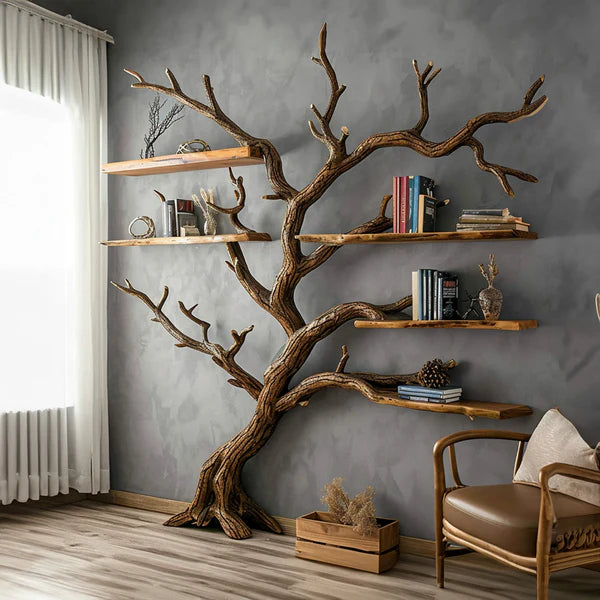
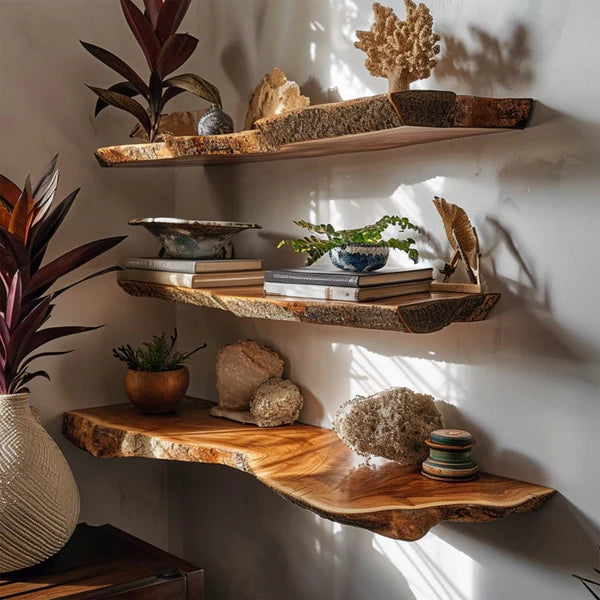
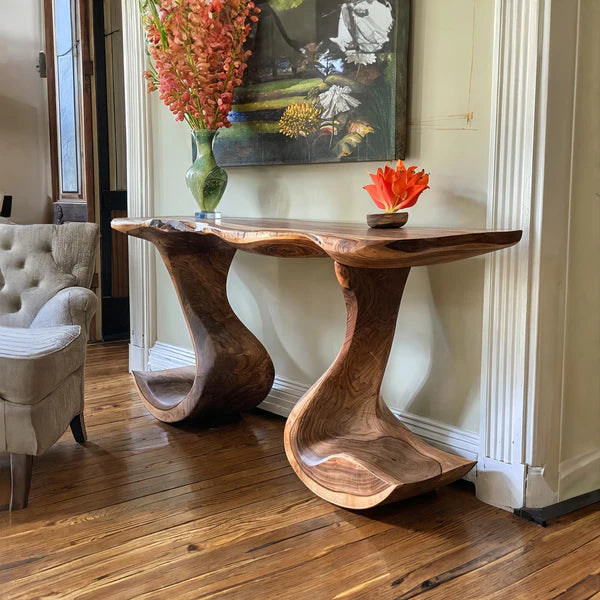
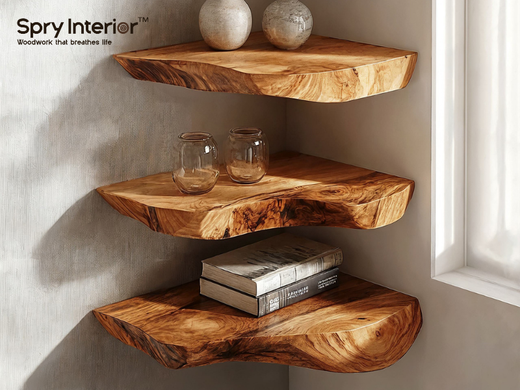
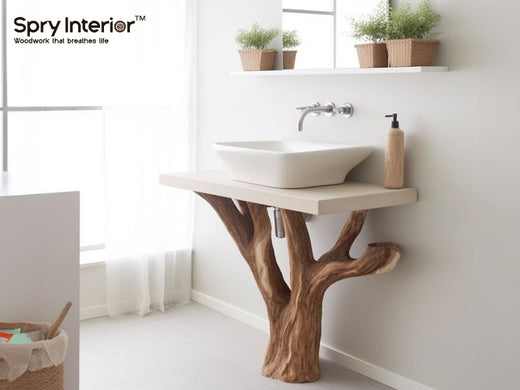
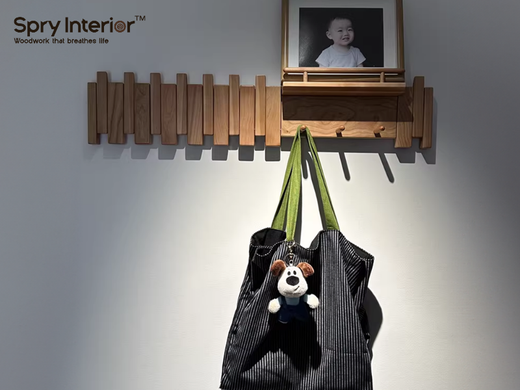
Leave a comment
This site is protected by hCaptcha and the hCaptcha Privacy Policy and Terms of Service apply.